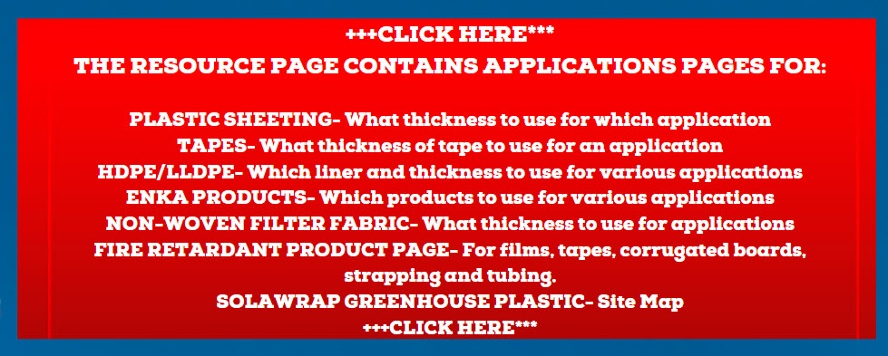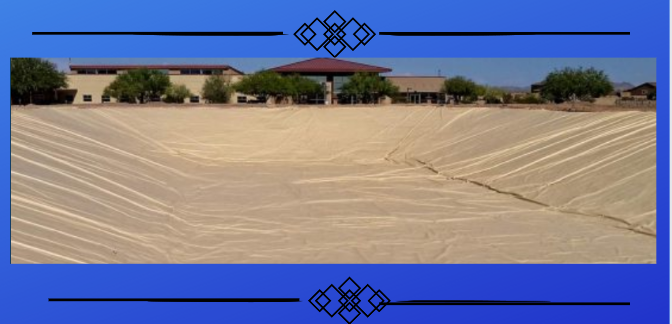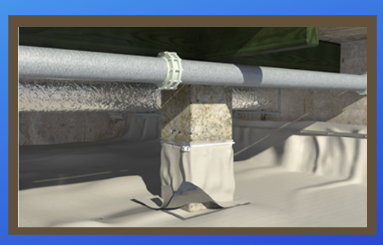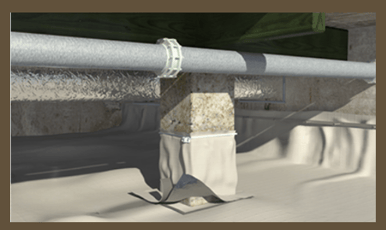Ensuring clean and reliable drinking water is a hot topic nowadays, with many systems facing challenges. Our aging infrastructure needs constant updates and repairs, which can be quite pricey. But fear not, there's a solution – geomembranes! These nifty engineered materials are cost-effective and can help cut expenses in water and wastewater projects. Let's take a closer look at how they save us money and improve our water quality.
A recent study by Duke University showed that a whopping 17% of American households struggle to afford basic water service. That's no small number! Utilities' costs have been rising faster than folks' incomes, and complying with upcoming PFAS regulations adds even more expenses. The lack of public funding means it's us, the customers, who support these vital services.
Backup for Drinking Water Treatment = Raw Water Storage
Picture this: Raw Water Storage is like a reliable backup for our drinking water treatment. It ensures a continuous supply of water, no interruptions! How does it work? Well, we line the storage areas with something called a geomembrane. It's a special material that keeps impurities like sediment away during treatment, saving money and effort. Plus, these geomembranes have a superpower - they don't change shape with temperature, and their seams are as strong as the sheets themselves. That means no leaks and no worries about water loss! So, we can trust in raw water storage to keep our drinking water clean and flowing smoothly. If you want more details, check out the reference below!
Long Live Geomembranes!
These little wonders improve the efficiency and quality of our drinking water systems, keeping them up to the regulatory standards. And the best part? They help save costs compared to other technologies! With geomembranes, we can have clean, reliable, and affordable drinking water. Cheers to that!







